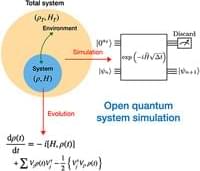
Proteins are the molecular machines that sustain every cell and organism, and knowing what they look like will be critical to untangling how they function normally and malfunction in disease. Now researchers have taken a huge stride toward that goal with the development of new machine learning algorithms that can predict the folded shapes of not only proteins but other biomolecules with unprecedented accuracy.
In a paper published today in Nature, Google DeepMind and its spinoff company Isomorphic Labs announced the latest iteration of their AlphaFold program, AlphaFold3, which can predict the structures of proteins, DNA, RNA, ligands and other biomolecules, either alone or bound together in different embraces. The findings follow the tail of a similar update to another deep learning structure-prediction algorithm, called RoseTTAFold All-Atom, which was published in March in Science.


















